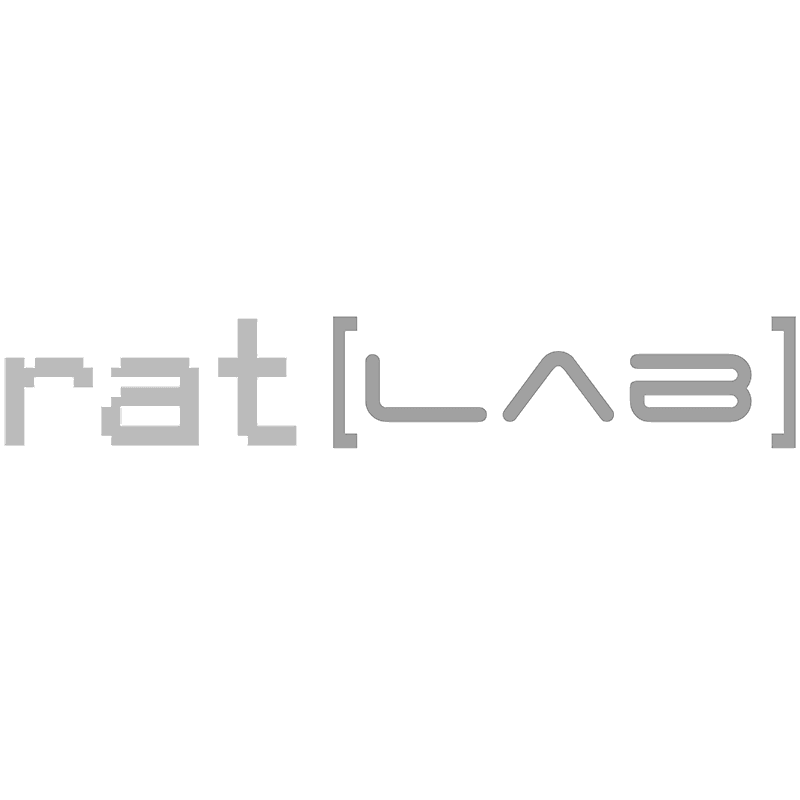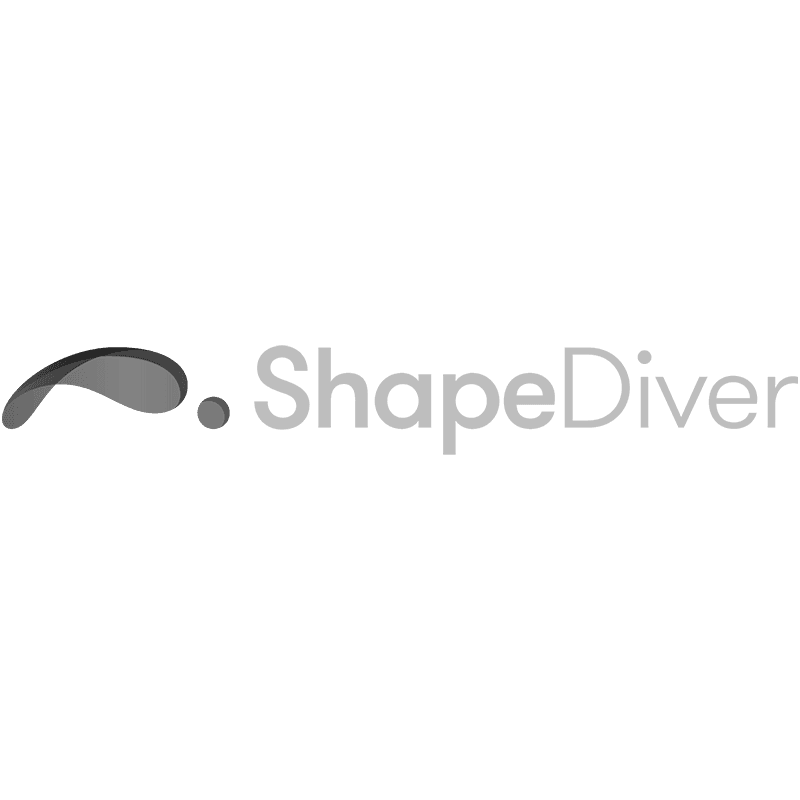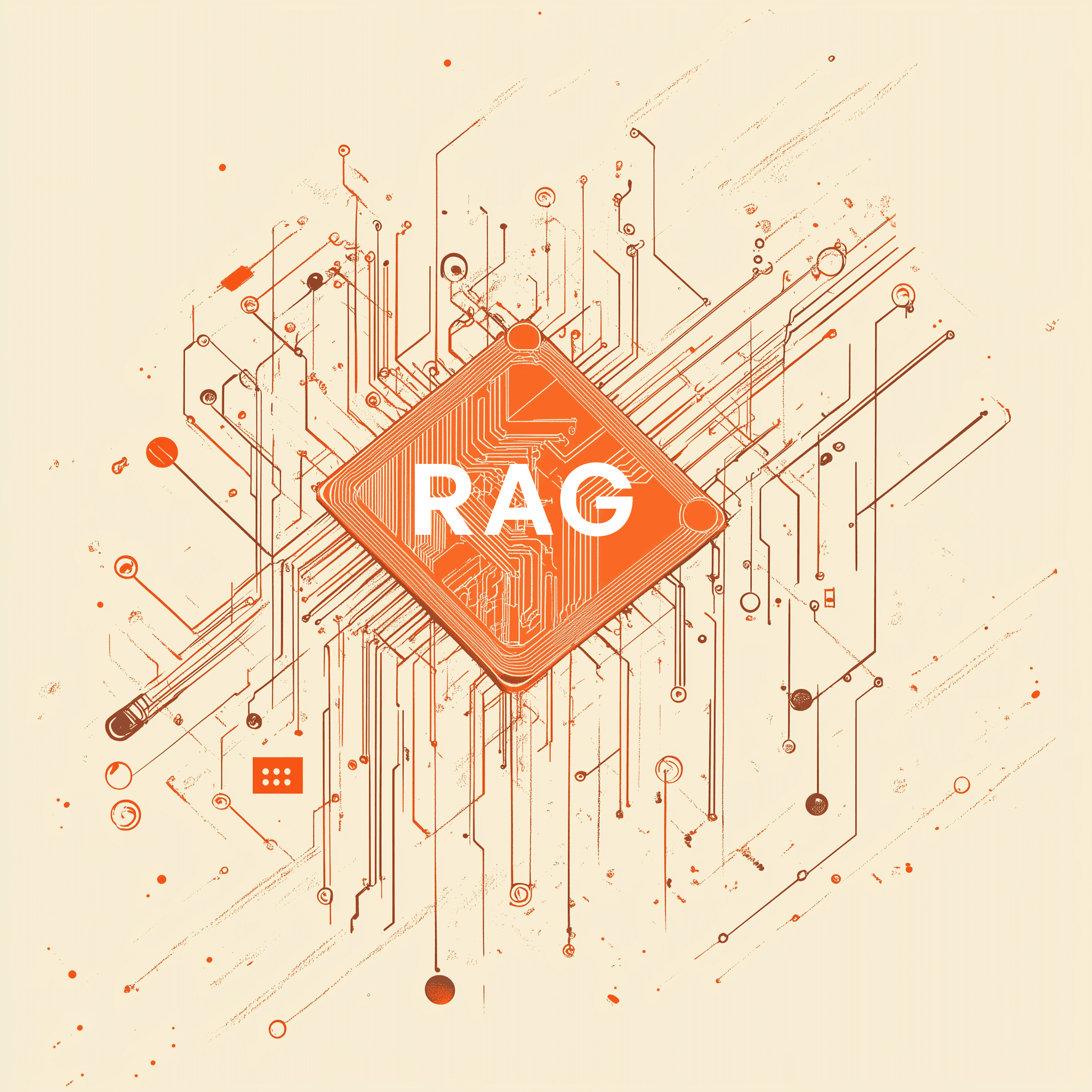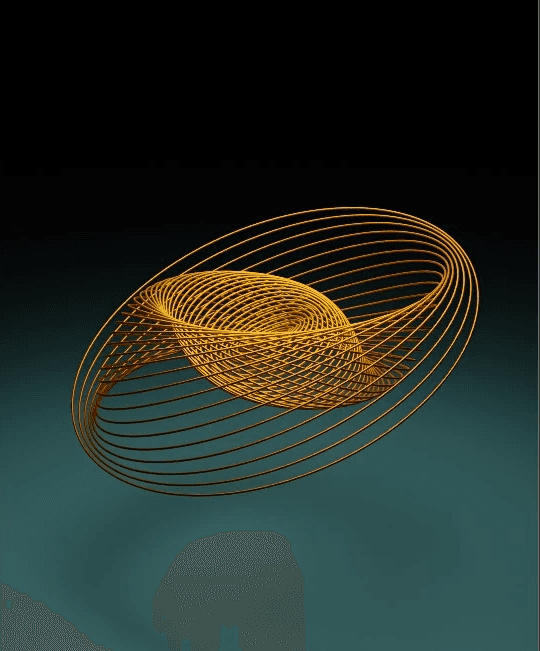UX Design's Key Role in Software Development
Discover how UX design enhances software development, boosting user satisfaction and business success. Learn to integrate UX into agile frameworks.
UI/UX
Veröffentlicht am
19. November 2024
Aktualisiert am
19. November 2024
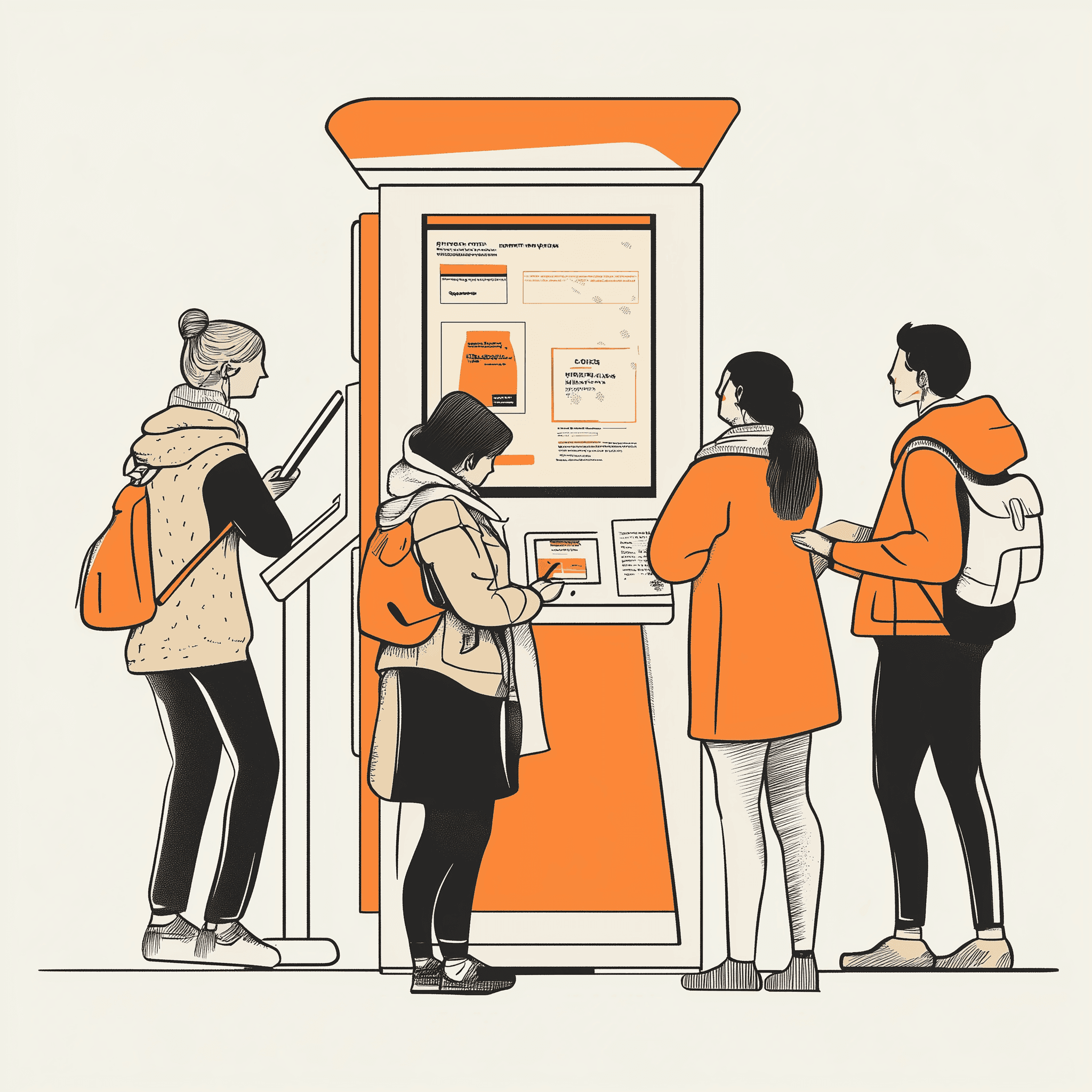
In today’s fast-changing digital world, User Experience (UX) design has become more important than ever. But what does UX design really mean? At its core, UX design refers to the overall experience a person has when interacting with a product or service. It’s about understanding users’ needs, behaviors, and emotions to create seamless, efficient, and enjoyable interactions. This includes making sure a product is easy to use, accessible to everyone, and emotionally engaging. By focusing on these key aspects, UX design ensures that products are not only functional but also deliver a satisfying and meaningful experience for the user. This focus on user satisfaction can boost customer loyalty and contribute to long-term business success.
As businesses strive to create software that functions seamlessly, they also aim to provide a delightful user experience. To achieve this, integrating User Experience (UX) strategies into development frameworks like Scrum is becoming increasingly important[3]. So from this blog will look into how the integration of UX principles can enhance product quality and user satisfaction, ultimately driving business success.
Understanding User Experience: More Than Just Usability
User Experience encompasses the full spectrum of interactions between a user and a product. It goes beyond mere usability; it includes emotional, cognitive, and contextual elements that shape a user’s engagement with a system. A positive UX is characterized by intuitive navigation, enjoyment, and fulfillment of user needs, while a negative experience can lead to frustration and disengagement.
The complexity of UX has led researchers to develop frameworks that categorize the various elements at play, focusing on three main areas[1]:
User: Understanding the target audience is vital for designing effective products that resonate with their needs and preferences.
System: The product’s functionality plays a significant role in shaping user interactions. A well-designed system enhances usability and overall satisfaction.
Context: Social, cultural, and environmental factors influence how users experience a product. Recognizing these contexts allows for more tailored and meaningful designs.
These insights highlight the importance of prioritizing UX design in product development, as every dollar invested in UX can yield an impressive return, sometimes up to 9,900% ROI[4]. The consequences of neglecting UX, however, are stark; studies show that 70% of e-commerce customers abandon purchases due to poor experiences[2][4], and 88% are unlikely to return to a site after a negative interaction[2][4].
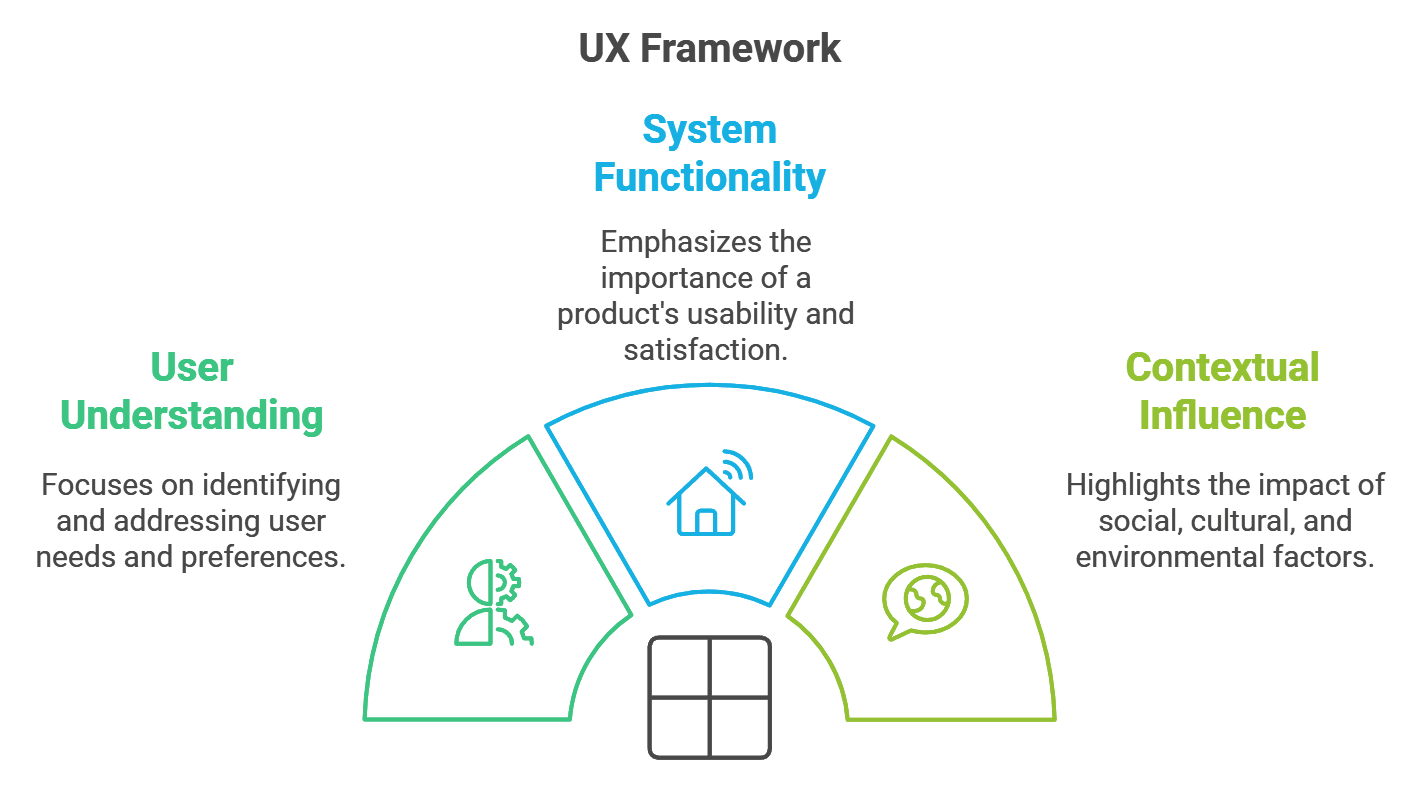
A Hybrid Approach: Integrating UX with Agile Methodologies
A recent study conducted by the Eldorado Research Institute and Jabil Circuit [3] explored the integration of UX strategies into the Scrum framework through Lean UX principles. This hybrid approach emphasizes rapid prototyping and user feedback, allowing teams to validate designs effectively and improve overall product quality.
For instance, teams that adopt this hybrid approach have reported:
Increased Team Performance: Teams reported delivering more user stories and features during each sprint, indicating enhanced efficiency.
Higher Customer Satisfaction: Involving users and stakeholders in the design process ensured that products were aligned with user needs, resulting in increased satisfaction levels.
Identified Usability Defects: The thorough validation process, while leading to more discovered defects, ultimately highlighted the benefits of rigorous testing rather than poor execution.
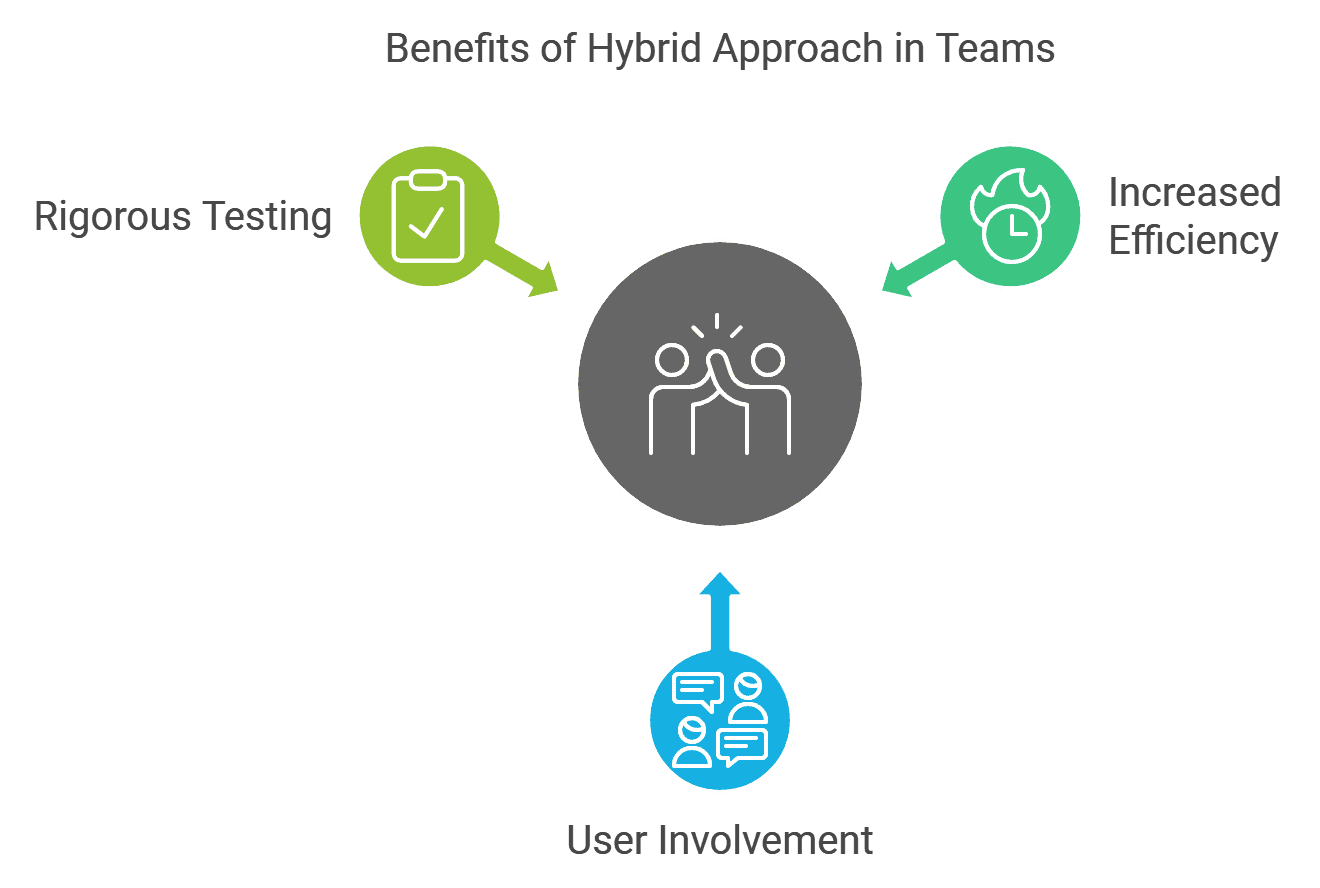
Successful Applications of UX Design in Business
Several companies have illustrated the transformative power of prioritizing UX. For example, Airbnb shifted from being a struggling startup to a market leader by emphasizing user feedback and creating enjoyable experiences for users[2]. This focus not only improved their platform but also facilitated significant growth in a competitive market.
Similarly, Virgin America revamped its website to enhance the booking experience, resulting in a 14% increase in conversion rates and a notable decrease in customer support inquiries[2]. These case studies underscore how an effective UX strategy can lead to tangible business benefits.
Summary
Incorporating User Experience (UX) design into software development is no longer a luxury but a necessity. As we’ve discussed, UX design goes beyond just usability. It also includes emotional, cognitive, and contextual factors that strongly affect how users interact with a product. By integrating UX principles within agile frameworks like Scrum, organizations can not only enhance product quality but also elevate user satisfaction and loyalty.
The findings from recent studies highlight that investing in UX leads to tangible business benefits, including increased conversion rates and customer retention. As we move deeper into a digital-first world, prioritizing UX will be pivotal for any organization looking to thrive.
Embracing a user-centered approach not only results in superior products but also fosters stronger connections with users, ultimately driving success in today's competitive landscape. We encourage you to reflect on how UX design can be woven into your projects and consider its profound impact on both your users and your bottom line. So what strategies will you implement to enhance user experience in your next project?








